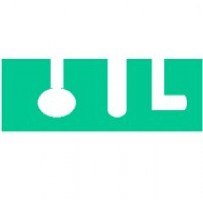
Description
The void-free filling of through or blind holes presenting an important aspect ratio (depth/diameter) with a liquid or a pasty product is always critical. The air entrapped in the blind hole or in the cavity constitutes an obstacle to the filling and a low viscous product will require a high pressure to be sheared in a small aperture. In the prior art, some vacuum injection machines have been developed. Those existing equipments are constituted by a vacuum chamber in which the device to be filled and the injection system are confined. The drawbacks of those equipments are their cost and complexity compared to their low throughput.
Innovative aspects
The technology can be fitted on existing stencil printers. The said technology is constituted by a specific transfer head which replaces the traditional squeegees and which slides across the transfer stencil or directly atop the substrate to be filled. Compared to the existing systems that process shows a very high throughput and reliability level in addition to its low equipment cost.
Advantages
The technology is particularly suited to plug holes or blind holes on a substrate with conductive or insulating ink or paste in a collective manner.
Applications in the printed circuit board area to plug through, blind or buried holes can be foreseen. But the process could also be used in the microelectronic area to encapsulate or to underfill the dies. The transfer head according to the present innovation can, of course, be adapted in relation with the different applications.
Current stage of development
Available for demonstration in our lab and currently in use for a specific application in the space industry. You can find more information on the utilisation of this technology on the Micropyros project on the Micropyros website.